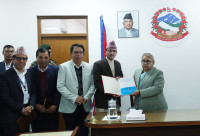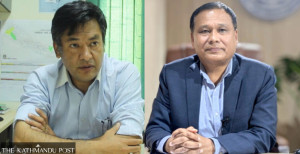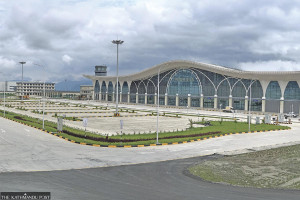National
Forest cleared, airport abandoned
Even four years after cutting down 105 hectares of forest, Sagarmatha Airport in Udayapur lies abandoned. It has become cattle grazing ground.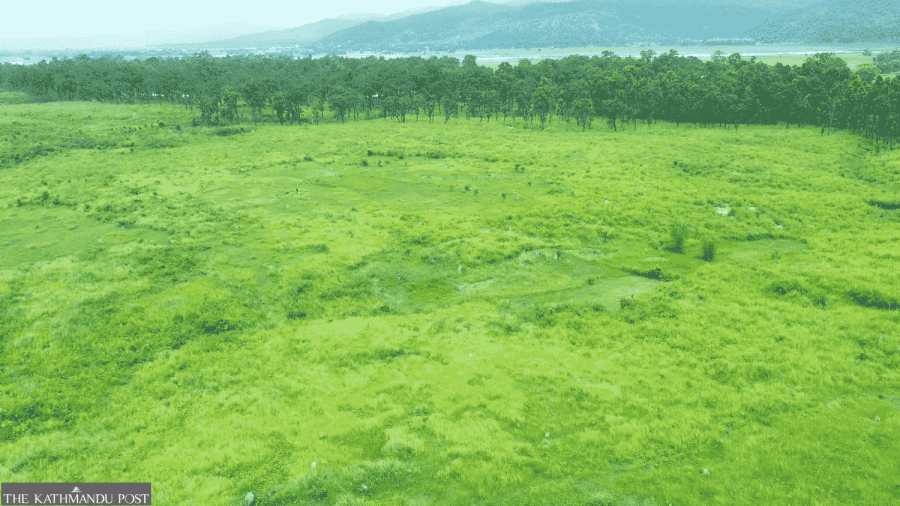
Rakesh Nepali
Four years after 105 hectares of forest were cleared for the proposed Sagarmatha Airport in Udayapur, the project site remains an open grassland, serving as a grazing ground for cattle instead of an airstrip.
Despite government approval to build a regional airport in Triyuga Municipality, the project has made no tangible progress since the forest clearance, raising questions about haphazard planning and misuse of public resources.
In September 2021, during the tenure of then prime minister, Sher Bahadur Deuba, the Cabinet authorised the Civil Aviation Authority of Nepal (CAAN) to clear 156.11 hectares of forestland spread across the Shivalaya Religious Forest, Kanga Community Forest, and Motihayi Community Forest to construct Sagarmatha Airport.
“The government gave clearance for forest use based on its national priority project category,” said Ghanendra Shrestha, chief of the Division Forest Office in Gaighat, Udayapur. “Trees were felled as per the Forest Act and related guidelines, and the land was handed over to CAAN.”
However, Shrestha admitted that the timber of felled trees was neither fully accounted for nor properly utilised. “Some wood was distributed to local users through community forest groups, but a large quantity was reportedly sold elsewhere,” he said.
Some timber logs still lie scattered across the grassland, many decaying under the open sky. Neither the forest office nor the community forest groups have kept official records of how much timber was distributed or sold.
Local residents allege collusion between forest officials and community forest members in the illegal sale of valuable timber. “The best-quality wood was taken and sold,” said Lalit Bishwakarma, a local of Jogidaha in ward 1 of Triyuga Municipality. “They destroyed the forest for an airport that never got built. What’s left now is a pastureland where people graze their cattle.”
The Division Forest Office insists the land ownership has already been transferred to CAAN, but officials at the Udayapur Land Revenue Office deny having any such record. “The land has not been registered under CAAN’s name in our documents,” said Dubindra Prasad Baral, chief of the Land Revenue Office. “It remains unclear who holds legal responsibility for the site’s protection.”
The forest clearance was carried out in early 2022 following a tripartite agreement between the Ministry of Forests and Environment, the Department of Forests and Soil Conservation and CAAN.
Yet, locals claim the decision was politically motivated. “The forest was cleared without a detailed project report (DPR) or technical feasibility study,” said Rudra Adhikari, treasurer of the local airport construction committee. “Political leaders used the airport promise during elections to win votes, and once the polls ended, they forgot all about it.”
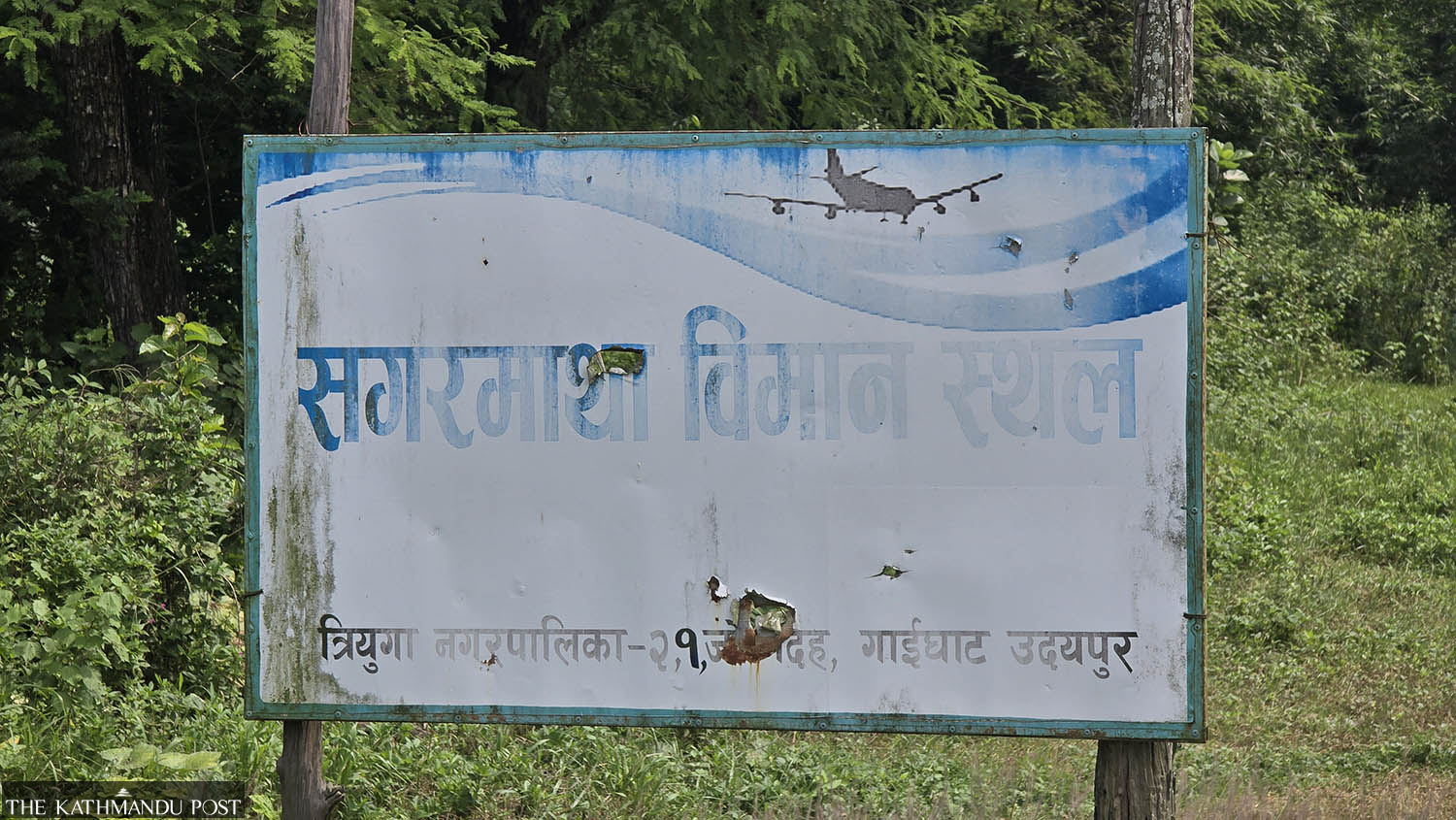
Now, the once-dense forest has turned into an expanse of dry grassland, vulnerable to encroachment. “Instead of letting it go to waste, the land could be used for collective banana farming, which would generate income and jobs,” suggested Manoj Kumar Chaudhary, ward 1 chair of Triyuga Municipality.
The proposed Sagarmatha Airport had been discussed since 1974, but the idea gained political priority during the 2017 provincial and federal elections when the Nepali Congress put up hoarding boards declaring the ‘Sagarmatha Airport Construction Zone’ in Jogidaha.
Initially, the government had planned to build the airport at Tharuhat Stadium in Gaighat, but the site was deemed technically unfeasible. The location was later shifted to Uttaritol near Gaighat and eventually to Jogi Danda—but none of the plans materialised.
Last year, then minister for Culture, Tourism and Civil Aviation Badri Prasad Pandey visited the site along with CAAN Director General Pradeep Adhikari and former lawmaker Narayan Khadka, elected from Udayapur. The minister admitted that ‘lack of budget has stalled progress’ and urged a coordinated approach among local, provincial, and federal governments.
Environmental experts have criticised the government for allowing forest destruction without ensuring project viability. “Clearing forestland without even preparing a DPR is deeply regrettable,” said Kushal Babu Basnet, Udayapur chairman of the Federation of Community Forestry Users, Nepal. “This is a textbook case of how politically driven projects can cause irreversible environmental loss.”
As residents herd their cattle across what was meant to be a runway, the Sagarmatha Airport project stands as yet another example of how short-sighted populist decisions can leave both the environment and local communities worse off.




 16.12°C Kathmandu
16.12°C Kathmandu




